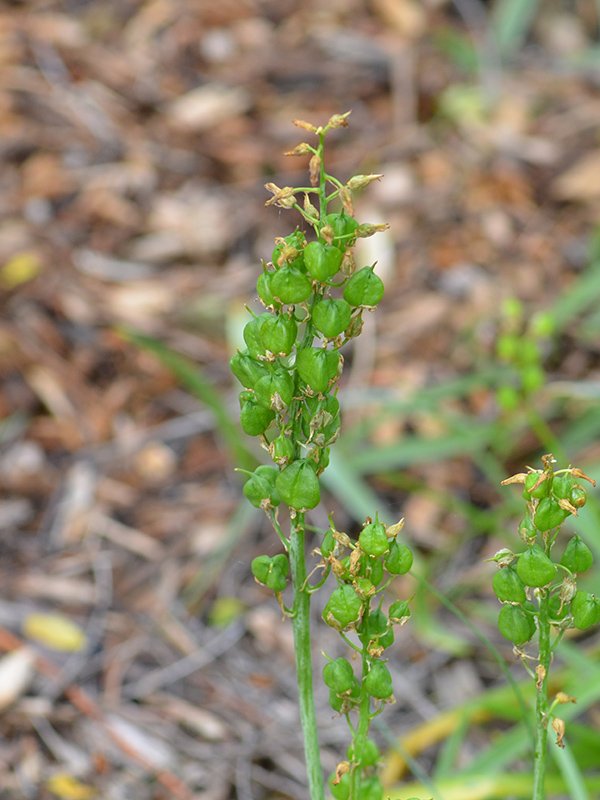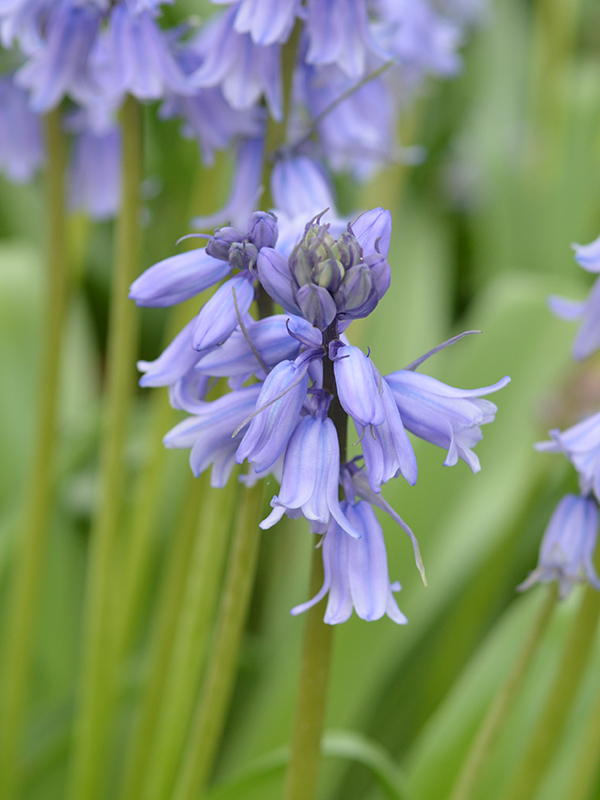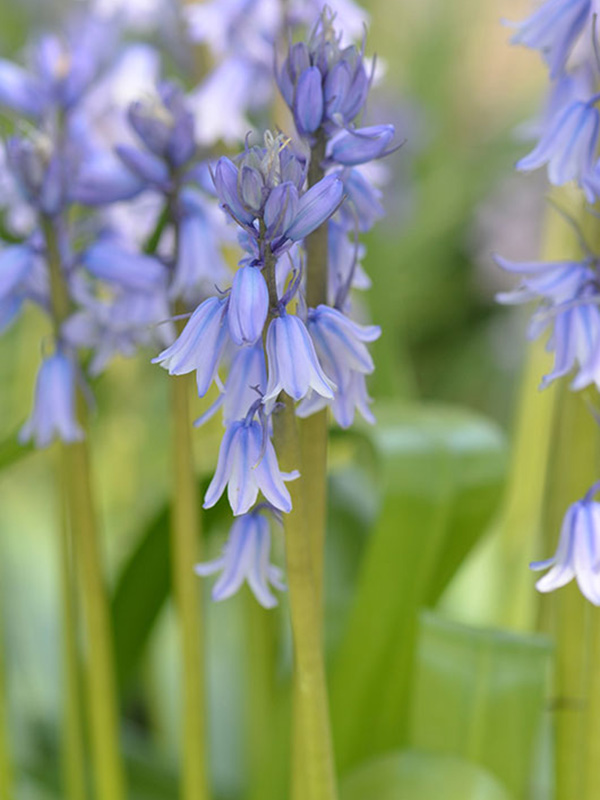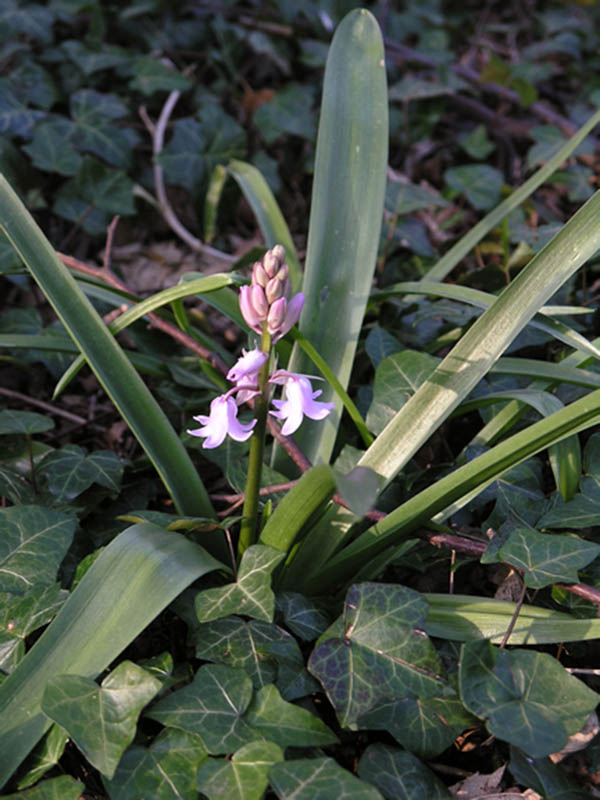
Bulbs, Perennials > Hyacinthoides > Hyacinthoides hispanica > Hyacinthoides hispanica
Hyacinthoides hispanica
Spanish Bluebell, Wood Hyacinth
Origin: SW Europe, North Africa.
| Family |
| Asparagaceae |
| Genus |
| Hyacinthoides |
| Species |
| hispanica |
| Category |
| Bulbs, Perennials |
| Synonyms |
| Endymion nonscriptus |
| USDA Hardiness Zone |
| 3 - 8 |
| Canadian Hardiness Zone |
| 1a - 8a |
| RHS Hardiness Zone |
| H4 - H7 |
| Temperature (°C) |
| -40 -(-7) |
| Temperature (°F) |
| -40 - 20 |
| Height |
| 20 - 40 cm |
| Spread |
| 7 - 15 cm |
Photographs
Description and Growing Information
Flowering Period
| Cultivation |
| Grows in fertile, moist, well-drained soil in full sunlight to partial shade. |
| Growth |
| Fast |
| ID Characteristic |
| It is distinguished from the Common Bluebell (Hyacinthoides non-scripta) by its paler, larger blue flowers, more erect flower stem (raceme), broader leaves, blue anthers (where the English or Common Bluebell has creamy-white ones) and little or no scent compared to the strong fragrant scent of the northern species. |
| Pests |
| No serious insect or disease problems. |
| Habitat |
| Native to the Iberian Peninsula. Introduced to the UK and has become an invasive species cross pollinating with the native English or common Bluebell (Hyacinthoides non-scripta) producing a hybrid. |
| Notable Specimens |
| The A.M. Cuddy Gardens, Strathroy, Ontario, Canada. |
| Propagation |
| Propagate by division of bulb offsets. |



